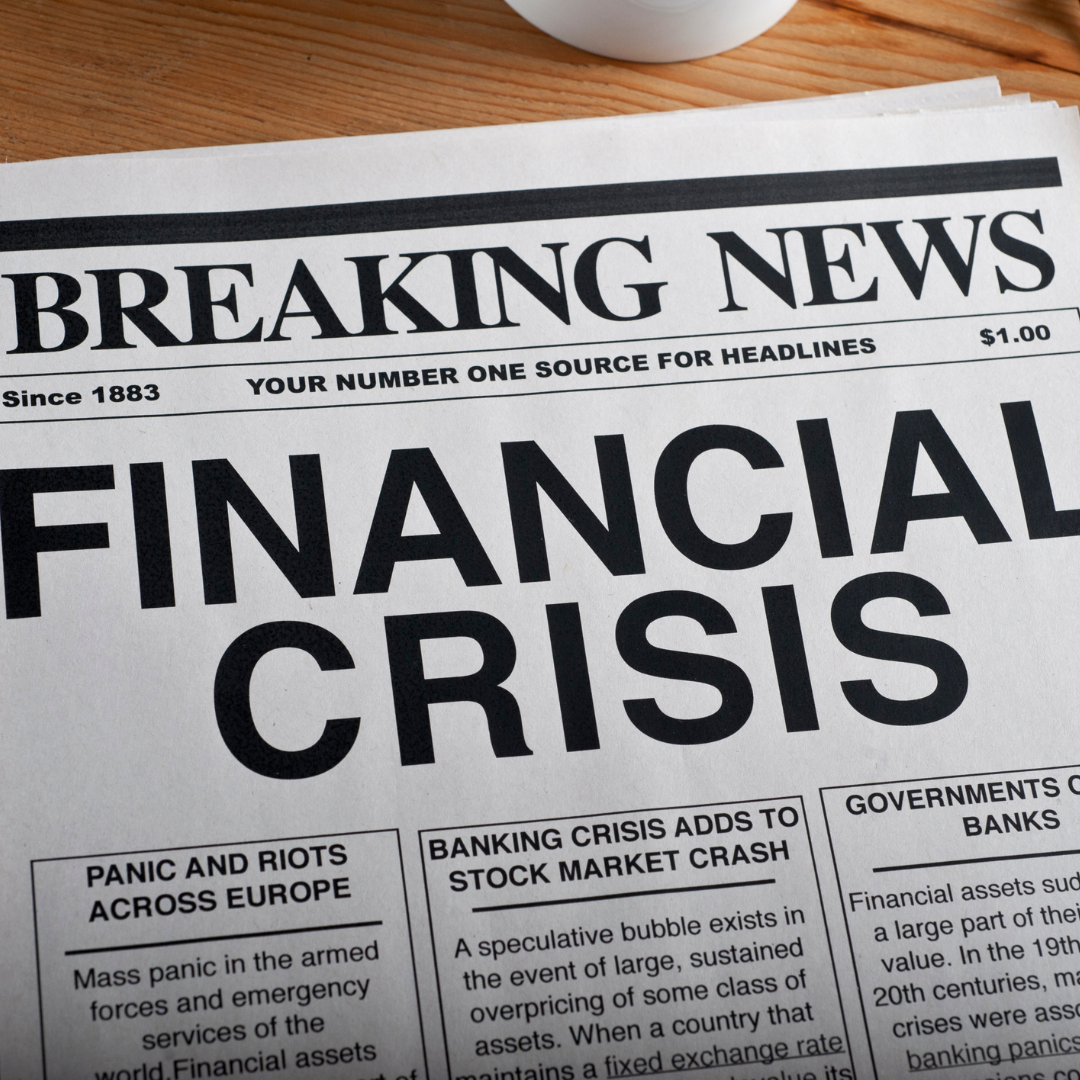
In the annals of economic history, the year 1971 marked a pivotal moment for the United States and the global financial system. President Richard Nixon's announcement of a series of economic measures, collectively known as the Nixon Shock, had far-reaching implications, particularly in severing the ties between the U.S. dollar and the gold standard. This move ushered in a new era where the value of the U.S. dollar was no longer tethered to a fixed quantity of gold, but rather became a fiat currency. In this article, we delve into the factors that now influence the value of the U.S. dollar in the absence of a gold-backed system.
In the annals of economic history, the year 1971 marked a pivotal moment for the United States and the global financial system. President Richard Nixon's announcement of a series of economic measures, collectively known as the Nixon Shock, had far-reaching implications, particularly in severing the ties between the U.S. dollar and the gold standard. This move ushered in a new era where the value of the U.S. dollar was no longer tethered to a fixed quantity of gold, but rather became a fiat currency. In this article, we delve into the factors that now influence the value of the U.S. dollar in the absence of a gold-backed system.






